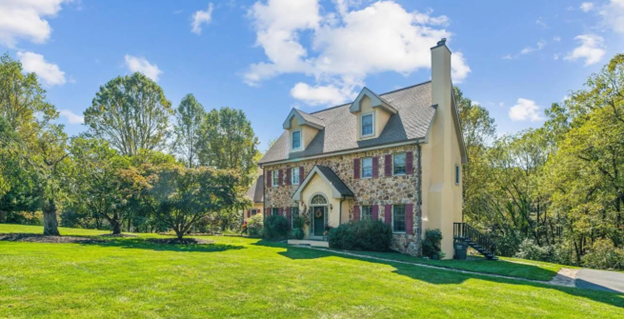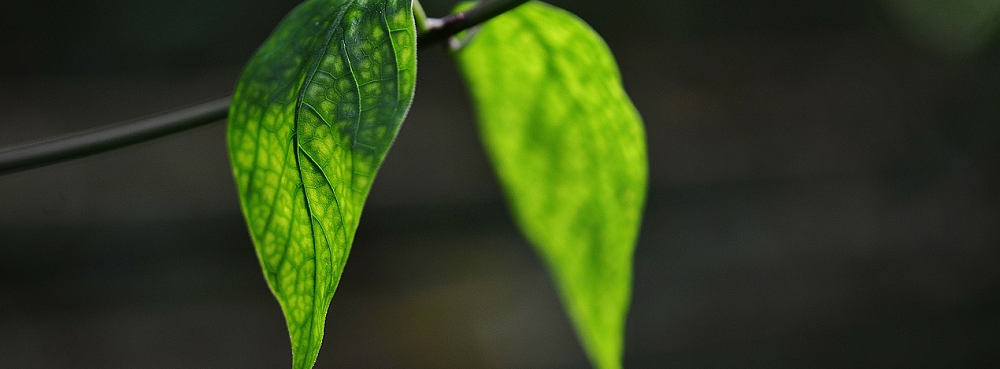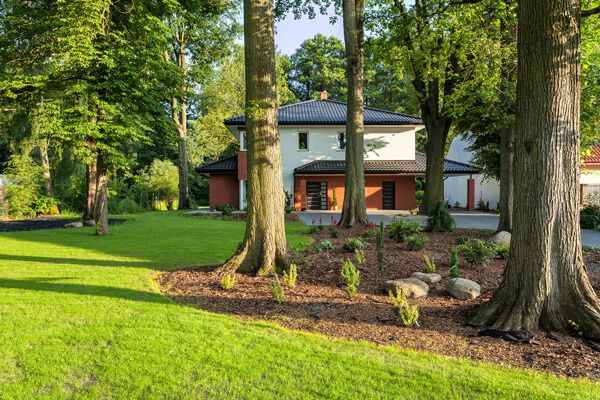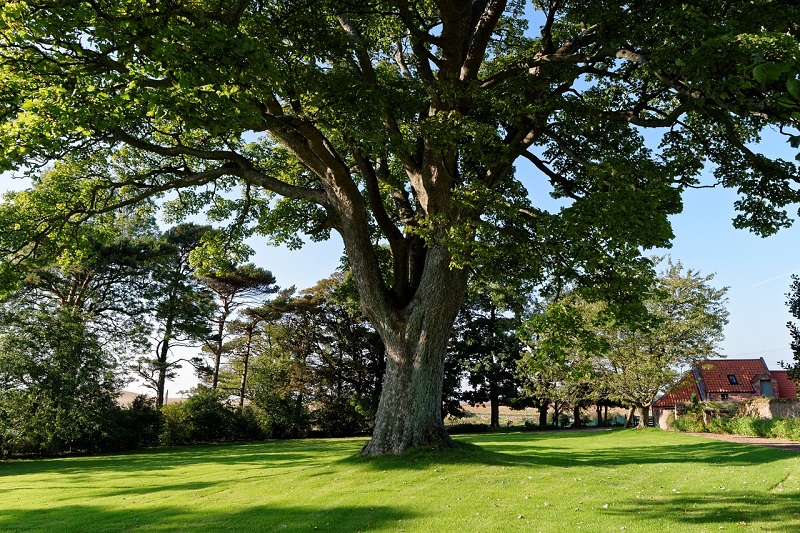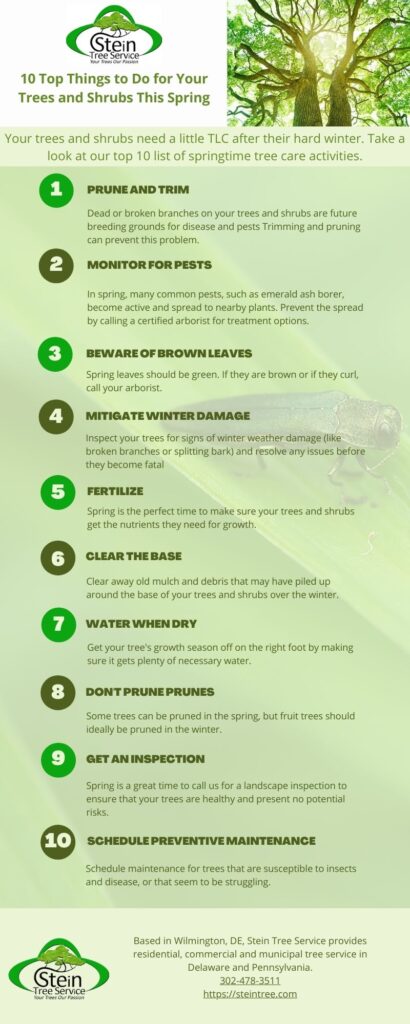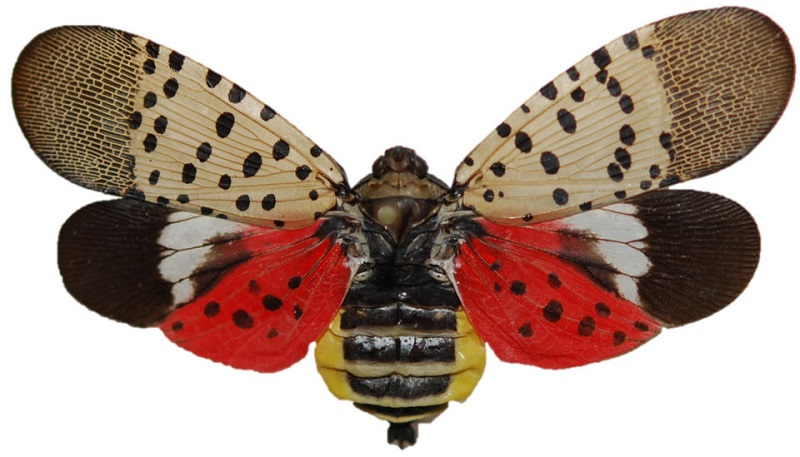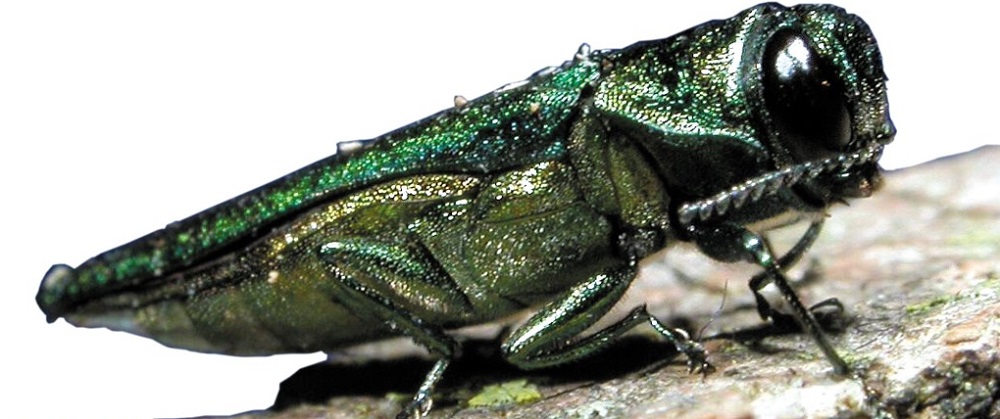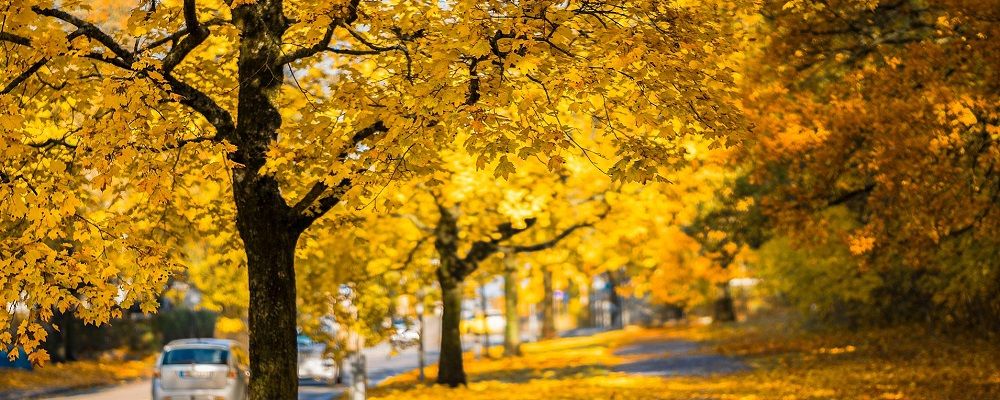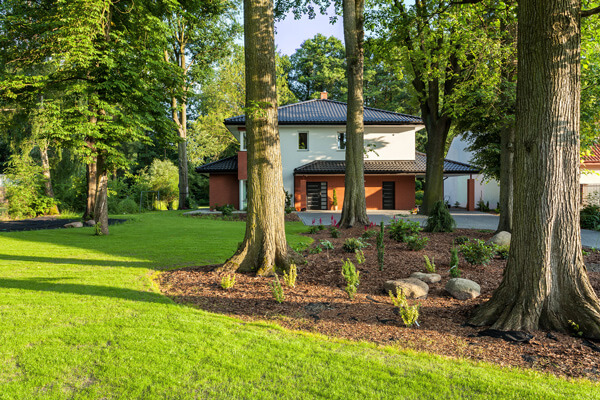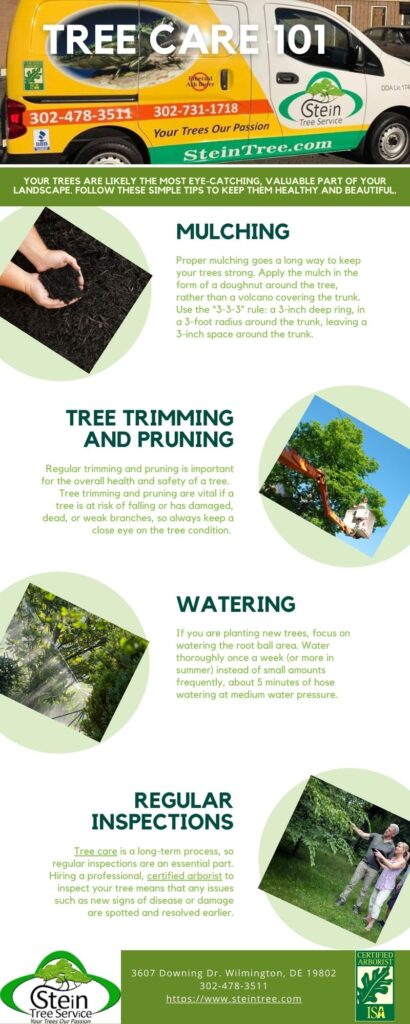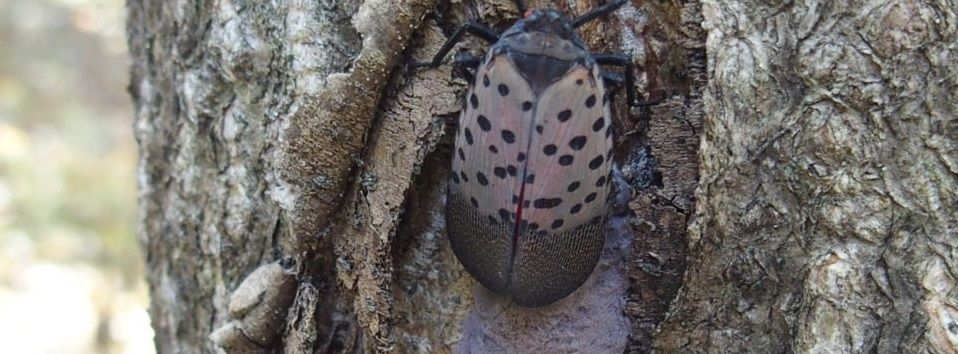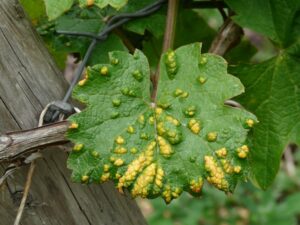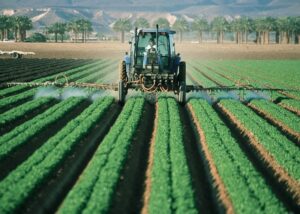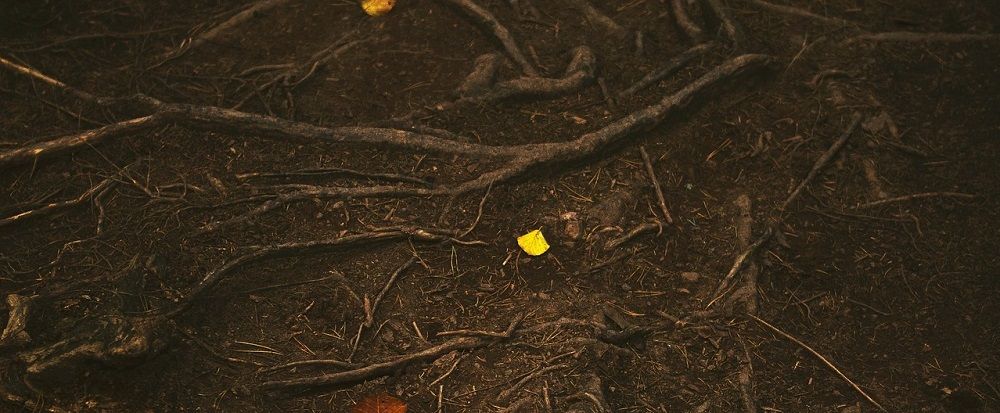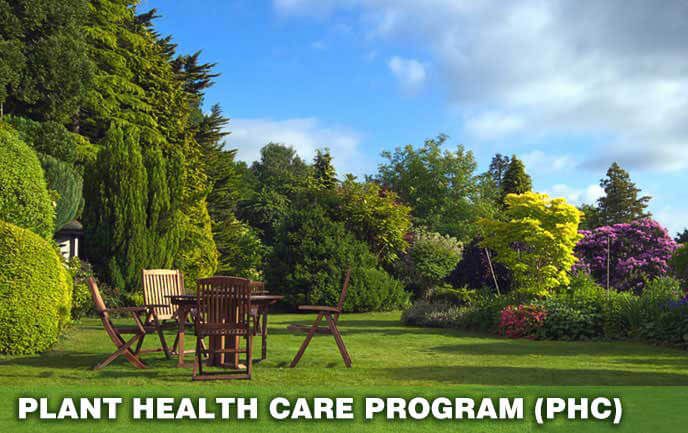What is Plant Health Care (PHC) and Why Is PHC Important?
When an arborist is tasked with caring for a tree or shrub, their first step is to assess the plant’s health. We does this through a thorough assessment and creating personalized Plant Health Care (PHC) programs. What is plant health care? Plant health care is maintaining tree, shrub, bush, and general landscaping health proactively and holistically. Certified arborists and plant health care specialists focus on preventive care to increase the plant’s ability to thrive. Many factors contribute to caring for and maintaining plant health.
What Do Arborists & Plant Health Care Specialists Do?
The primary goal of plant health care is to provide the proper growing environment for various plants. An arborist needs to have an in-depth understanding of a tree so that he can accurately assess health issues and remedies. Knowledge of tree biology and how the tree interacts with environmental conditions is crucial to detecting any health problems. The arborist also needs good communication skills and must be able to work with the landscape proprietor.
What Does a Plant Health Care Program Include?
In terms of the physical work of plant health care, arborists may do any of the following based on their assessment of the landscape:
- Targeted management of pests, insects, and diseases
- Soil testing /pH testing
- Fertilizing and mulching
- Trimming and pruning
An important note is that plant health care is a continual process. Plants are living things, after all. So consistent monitoring, and especially early detection, are vital components of this process.
Some services we provide to care for a landscapes trees and plants are:
- Seasonal fungicidal treatments
- Systemic trunk applications
- Horticultural oil applications
- Deer Management
- Tick Control
What Causes Plant Problems?
Now that we have the answer to our question, we must consider what causes plants to be unhealthy. While nature has plenty of self-regulating aspects to keep its elements healthy, trees and plants can still be harmed in many ways. The most obvious ways are insects, pests, and diseases, especially trees and shrub varieties that were introduced rather than native to the area. One of the major forces that affect plant health is people.
All of the traffic on your lawn, from both people and equipment and even the building of your house, compacts the soil, restricting root growth and nutrient absorption and resulting in stressed soil. Buildings, roads, and sidewalks are underground barriers to root growth. We want our trees and shrubs to thrive and be healthy, which means addressing these issues and finding solutions for our plants
The Vital Role of Soil Health in Tree and Plant Health Care (PHC)
When we think about tree and plant health care, one thing that is often overlooked is how vital soil health is to the trees and plant life. Trees need the proper amounts of various minerals for health and proper growth. They also need healthy soil with proper pH levels. Poor soil, or soil with inadequate or too high pH levels can result in poor tree health, evidenced by symptoms like unnatural leaf coloration.
According to the USDA, soil health means “the continued capacity of soil to function as a vital living ecosystem that sustains plants, animals, and humans.” To ensure that health, the proper elements must be available to nurture the good bacteria, the bugs, and other organisms that give the soil the ability to support and sustain our tree and plant health care.
What is the Role of Soil?
- Controls water—Soil helps direct rain, snow, and irrigation water, collecting minerals as the water flows over.
- Stores minerals and other nutrients—Minerals that plants need, like nitrogen and phosphorus, are stored in the soil.
- Filters—Soil comes into contact with many materials, both organic and inorganic. The soil helps to filter out harmful elements.
- Provides physical support—The soil holds the roots of trees and plants in place and gives them stability against wind and other forces of nature.
Benefits of Chemical-Free Soil Health
Maintaining healthy soil using no/minimal chemicals is optimal for plant and tree health care because this type of health is more sustainable and works with an area’s natural ecology. This ecology includes bugs and bacteria, things we typically try to avoid but that are important to the health of the soil.
Some types of bacteria are needed to help the soil and its plant life thrive. As we noted in a previous blog, planting native trees and shrubs is vital to keeping the local ecosystem intact. Helpful bacteria, the bugs that eat them, the birds that eat them, and so on are part of that cycle.
With chemicals, though they are sometimes necessary, those healthy bacteria are killed, plants become dependent, and they cannot produce nutrients independently. A certified arborist will assess your soil health and can advise you on the best tree and plant health care plan for your landscape.
Importance of Proper Soil Types
Soil type is important because some trees need more moisture and nutrients, and some types of soil can make getting the necessary elements difficult. The most common types are clay, sand, and silt.
-
Clay
Clay is tightly packed and has little air space. This type of soil allows for little movement and makes absorbing water, air, and other nutrients into the soil difficult.
-
Sand
Sandy soil is comprised of loose, large particles. Though more movement is allowed, this soil type has difficulty retaining moisture.
-
Silt
Silt has fine particles but is highly compacted. This compaction could work against trees or plants that need to spread out, but silt does retain water and other nutrients.
You may have more than one type of soil in your landscape, but either way, you can provide the proper soil environment if one does not already exist by mixing one or more types in the area around your trees and plants.
Why is Plant Health Care Important?
If you have wondered why plant health care is essential, you now know that the practice can help keep your landscape healthy and beautiful. Healthy trees and shrubs bring value to your property and your lives, and we want to help you retain your cherished trees.
Our comprehensive approach to plant health care allows us to detect issues early and resolve them through plans that provide long-term solutions to the many health risks our trees and landscape plants face.
How Do I Know If I Need Plant Health Care?
You need plant health care if you have plants and trees in your yard. Even if your trees look healthy, you should call an arborist to assess them and ensure your property is a healthy environment for trees to thrive. Additionally, if you have noticed that your tree foliage has changed color, has leaf spots, or other leaf damage, that may indicate that your plants are malnourished or infested.
Benefits of Choosing Stein for Plant Health Care Services
Why should you choose Stein for your plant health care needs? We are passionate about the health of your trees and landscape, and treat your landscape like our own. A few other reasons to choose Stein Tree Service are:
-
FREE
ConsultationWe offer a free consultation with our experts to evaluate your landscape and its current or potential problems. We provide a solution based on YOUR landscape needs.
-
Expert Care by Certified Arborist
Our arborist is ISA-certified and experienced in all types of plant and tree issues, including insect pests like emerald ash borer, plant and tree disease, and damaged trees.
-
Affordable
CareStein offers competitive rates for plant health care and for all our services, including tree removal and emergency storm cleanup. We provide excellent value, balancing quality service with cost-effectiveness.
-
Licensed and Insured
We are fully licensed and insured, protecting your interests as well as ours. While our team consists of highly experienced professionals, our comprehensive insurance coverage means you’re protected against any unforeseen incidents.
Call Stein Tree Service for Your Plant Health Care Services
Stein Tree Service hears questions like “What is plant health care?” and “How can I save my tree?” daily. The Stein Tree staff has over 40 years of knowledge and experience. Our long history of satisfied customers, from Wilmington to Philadelphia, represents our dedication to quality service. Contact us for a free plant health care consultation or more information on our successful plant health care programs.
